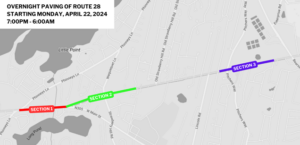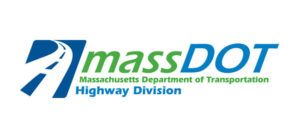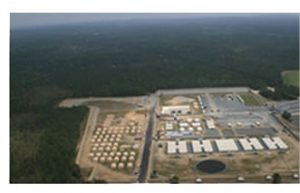 Summer on Cape Cod means traffic. It’s just the price we locals pay for living here, and for the most part we all put up with it like adults as an act of gratitude for all of those vacationers pumping their hard-earned money into our economy.
Summer on Cape Cod means traffic. It’s just the price we locals pay for living here, and for the most part we all put up with it like adults as an act of gratitude for all of those vacationers pumping their hard-earned money into our economy.
It’s a necessary evil we all just have to endure until they get around to inventing hover-cars.
While we all try to be patient at the bridges, and the lane drop, and in left-turn only lanes, there is something that ought to be addressed for the mental and emotional sanity of all involved.
That thing is a Rotary.
Cars fly in, in flagrant, dare I say criminal violation of posted signage. Vehicles switch lanes erratically and cut across traffic to make their exit.
First some facts:
Did you know that the Commonwealth of Massachusetts has more rotaries than any other state in the nation? We do. According to the Boston Globe, Massachusetts now has over 100 rotaries (and roundabouts) — far more, and at a far higher density, than anybody else.
Did you also know that Rotaries, Roundabouts, and Traffic Circles are not necessarily the same thing? Also true. According to the Massachusetts Department of Transportation – as best as I can understand it – the differences are as follows:
A Rotary typically is larger and has less markings than a roundabout. There are no intersections, only the adding and dropping of lanes at each of the access points. This means that those entering the circle do so quicker, in their own lane and then either exit at the next spoke or merge inward to travel farther.
A Roundabout has a consistent number of lanes and no vehicle can travel straight through the roundabout. All traffic is forced to yield, then deflected around the center island and forced to only make right turns. Yielding is really the key take-away here, you most yield to everybody else before you go in.
A Traffic Circle is a catch-all that can apparently be used to describe either a Rotary or a Roundabout, I have no earthly idea why this term even exists.
Now that that’s out of the way, it’s pretty easy actually to figure out why people get confused at these junctures. So to make things simple and in order to be entirely clear, we on the Cape, by and large have Roundabouts (as we learned earlier a roundabout means yield). Not everybody knew this, now we do. Just yield, problem solved.
I’m afraid not quite.
Things are complicated further by the fact that in many parts of the world, the right of way at a traffic circle actually belongs to the incoming car while those within the rotary are the yielders. It would be as if just us here in Massachusetts decided that red lights mean go, people would be understandably confused.
There’s more, even with all that we now know, the areas roadways are still perplexing. You see, many of the Cape’s traffic circles (which we have already established are roundabouts) are labeled as rotaries. That’s right, Mass DOT is deliberately confusing us all, and they’re unrepentant about it. Several calls to authority figures within the department yielded unclear responses but one might surmise that the confusing signage comes down to three factors. Nostalgia – there was a time when all traffic circles in the region were referred to blanketly as rotaries, Expense – signs cost money, and the plain fact that nobody knows the difference – except us.
So in closing, yield at traffic circles please. That’s really the crux of this article. And if you can find the time wright your congressman about this rotary signage thing, it’ll dive you nuts now that you know the difference.
By CapeCod.com Staff
























